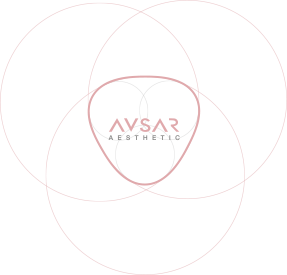Last month, an acquaintance underwent what was expected to be a routine ablation procedure — nearly 10 hours later, the surgery finally finished. Despite CT scans, X-rays and EKGs, the surgeons encountered "structural issues" that complicated the operation.
If they'd had a 3-D print of his heart, they might have anticipated and planned contingencies based on what they saw. For this reason, more surgeons have begun using patient-specific models to plan surgeries. Having 3-D replicas made from a patient's CT scans not only allows doctors to foresee issues, but also to do "dry runs" of the surgery. This enables surgeons to reduce the time spent in the operating room — and more importantly — increases the surgeon's accuracy.
For example, these benefits have helped Japanese oncologists battle kidney cancer.
"By using CT scans, the surgeons were able to produce 3-D scans of the patient's kidney," according to 3Dprinter.net. "The information was then sent to a 3-D printer, and a 3-D model of the kidney was produced. The transparent 3-D printed kidney model allows surgeons to see exactly where the patient's blood vessels are."
Knowing the exact location of blood vessels reduces the time required to disrupt blood flow, which typically takes an average of 22 minutes. Working with models beforehand lowered the time required by as much as 64 percent.
If one physician's estimates of $147 per minute are to be believed, that could save as much as $2,000 in operating room costs — more than the $500-$1,500 cost associated with 3-D modeling and printing a patient's organ. When one considers the additional value of improved accuracy, any improvement derived in surgery outcomes makes the approach potentially life-saving and well worth the cost.
3-D printing is also helping surgeons learn specific procedures. Surgical training can take up to 10 years before physicians are deemed proficient enough to operate on sensitive organs and body parts. Complicating the process is the difficulty and expense of finding cadavers with brain tumors or embolisms.
However, surgeons can produce relatively inexpensive 3-D printed models of the disease on which they intend to operate. These models can simulate different tissues, from that as soft as fat to as hard as bone. Instructions on where to make the incisions can even be printed directly into the "flesh." This way, surgeons can simulate each step of a surgery without any risk. This helps new surgeons learn how to do procedures with which they have little experience.
Beyond improvements in training and accuracy, models are an effective communication tool. A masters student from Drexel, Jason Kirk, recently released his thesis, "3-D Printed Cardiac Imaging Data," which suggests that patients and surgeons benefit from reviewing patient-specific, 3-D-printed replicas of their organs prior to consenting to surgery.
Feedback given to the researcher indicates that a majority of surgeons find 3-D models more effective than 2-D illustrations in sharing information and facilitating discussions. According to Kirk, "Cardiac anatomy replicas can be used to facilitate Doctor/Patient communication and supplement contemporary visualization techniques by providing accurate three dimensional data which offers additional haptic and spatial feedback specific to the patient’s anatomy and pathology."
Another example is its use in plastic surgery. A cosmetic surgeon, Dr. Yakub Avsar, is 3-D scanning his patients' faces, manipulating the resulting 3-D models to depict their postoperative appearances and printing "before" and "after" masks on a 3D Systems Colorjet printer. The customized replica of the patient in his or her current and future states reduces the unknown.
One final benefit is the model's use in patient education. Not only can custom 3-D prints be made from a variety of materials that simulate the look and feel of the body part, they also can include cutaways to show its internal structure or condition. For example, lung models could be used to depict healthy and diseased tissues.
http://exclusive.multibriefs.com/content/how-3-d-printing-improves-surgical-outcomes/manufacturing


